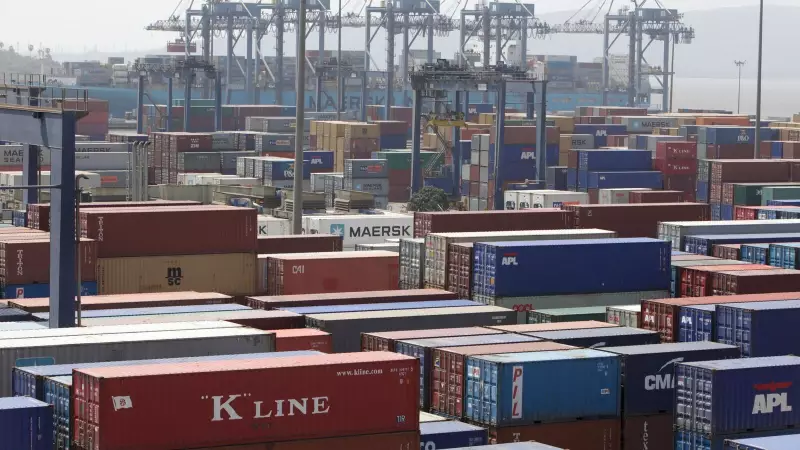
Mounting economic tensions between India and Nepal have spilled onto social media platforms as Nepal grapples with a staggering trade deficit that has sparked widespread public outrage. The neighboring nation's heavy reliance on Indian imports has created an economic imbalance that's becoming increasingly difficult to sustain.
The Growing Trade Imbalance
Recent trade data reveals a concerning pattern: Nepal's imports from India continue to skyrocket while its exports struggle to maintain pace. This lopsided trade relationship has created a deficit that's worrying economists and policymakers on both sides of the border. The situation has become so dire that it's now dominating public discourse across various social media platforms in Nepal.
Social Media Amplifies Economic Concerns
What began as economic statistics has transformed into a full-blown social media movement. Nepali citizens are taking to platforms like Facebook, Twitter, and local forums to express their concerns about the country's economic sovereignty. The digital outcry reflects deeper anxieties about Nepal's dependency on Indian goods and the impact on local industries.
Key Factors Driving the Protests
- Persistent trade deficit favoring India
- Concerns about domestic industry competitiveness
- Growing economic nationalism among Nepali youth
- Perceived imbalance in bilateral trade agreements
Economic Implications for Both Nations
The trade situation presents challenges for both countries. While Indian exporters benefit from the current arrangement, the sustainability of this model is being questioned. For Nepal, the continuous outflow of foreign exchange reserves to cover the trade gap poses significant macroeconomic risks that could affect long-term economic stability.
Potential Solutions Under Discussion
- Diversification of Nepal's export basket
- Enhanced trade facilitation measures
- Investment in Nepali manufacturing capacity
- Revised trade agreements addressing current imbalances
The Road Ahead for Bilateral Relations
As social media continues to fuel the debate, both governments face increasing pressure to address the underlying issues. The situation represents a critical juncture in India-Nepal economic relations, requiring careful diplomacy and economic planning to ensure mutual benefits while addressing legitimate concerns about trade fairness and economic sovereignty.
The resolution of this trade imbalance will likely shape the future of cross-border economic cooperation between the two historically linked nations. How both countries navigate this challenge could set important precedents for regional trade relationships throughout South Asia.





